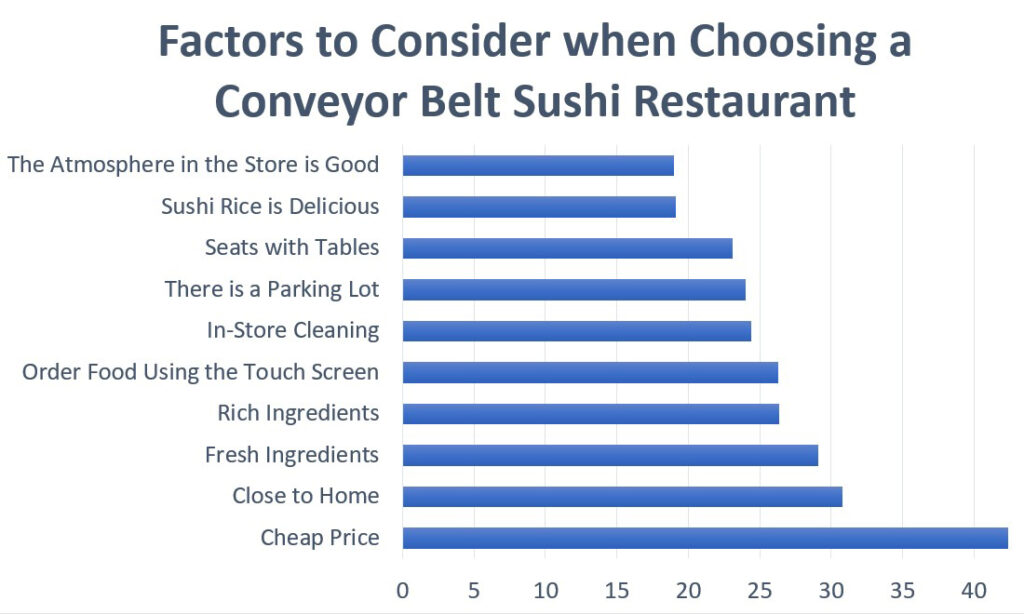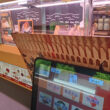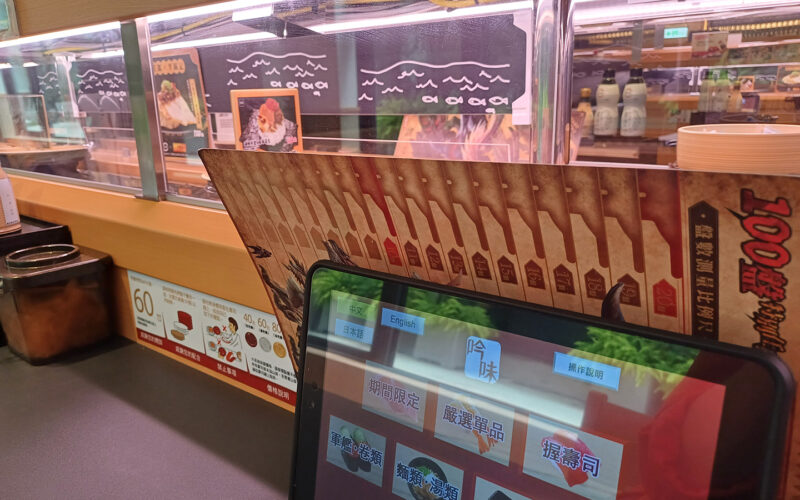A recent consumer survey indicates a significant trend in dining preferences, with 25% of respondents identifying “Order food using the touch screen” as a critical factor in selecting conveyor belt sushi restaurants.
TOKYO, JAPAN (Business Northeast) – The “2024 Revolving Sushi Consumer Survey,” conducted with 12,323 participants aged 15 to 59 throughout Japan, reveals that over 70% of consumers favor dining at conveyor belt sushi establishments. This preference highlights the model’s popularity as a method for enjoying sushi and reflects consumers’ positive reception of innovative dining solutions.
Data indicates that 70.5% of consumers choose conveyor belt sushi restaurants over alternatives, such as purchasing sushi from supermarkets (51.3%) or preparing hand-rolled sushi at home (20.2%). Among those who frequent conveyor belt sushi venues, 40% report visiting these establishments at least once a month, with the demographic of 20-29 year-olds displaying the highest engagement, as 46.5% dine there monthly.
When evaluating options for conveyor belt sushi, consumers prioritize three key factors: affordability, proximity, and the freshness of ingredients. Additionally, 26.3% of respondents emphasize the significance of touch screen ordering, indicating its role as a pivotal element in the decision-making process for choosing dining venues.

Although a nuisance incident occurred in Japan’s conveyor belt sushi in early 2023, which affected consumers’ confidence in food safety on the conveyor belt, many conveyor belt sushi restaurants have reformed their meal supply methods and switched to touch-screen ordering and fresh-to-order meals. The meal service model improves the quality of meals and increases consumers’ confidence in food hygiene.
After the COVID-19 epidemic, sushi terrorist attacks, and other incidents, cooked-to-order ensures that fresh meals are provided quickly and prevents customers from getting the wrong sushi ordered by others. Restaurants can also better track consumer preferences. Industry analysts point out that chain stores that offer locally produced, mid- to high-priced sushi tend to shift to new methods.
Conveyor belt sushi restaurants are both convenient and fun and have become indispensable dining options for Japanese people. However, the reform of the catering model has caused them to lose their unique service style and the excitement of customers enjoying the dazzling array of delicious food constantly appearing in front of their eyes. How sushi operators can reform a service model made to order and cater to visually stimulating consumption has become the focus of continuous challenges for conveyor belt sushi operators.










